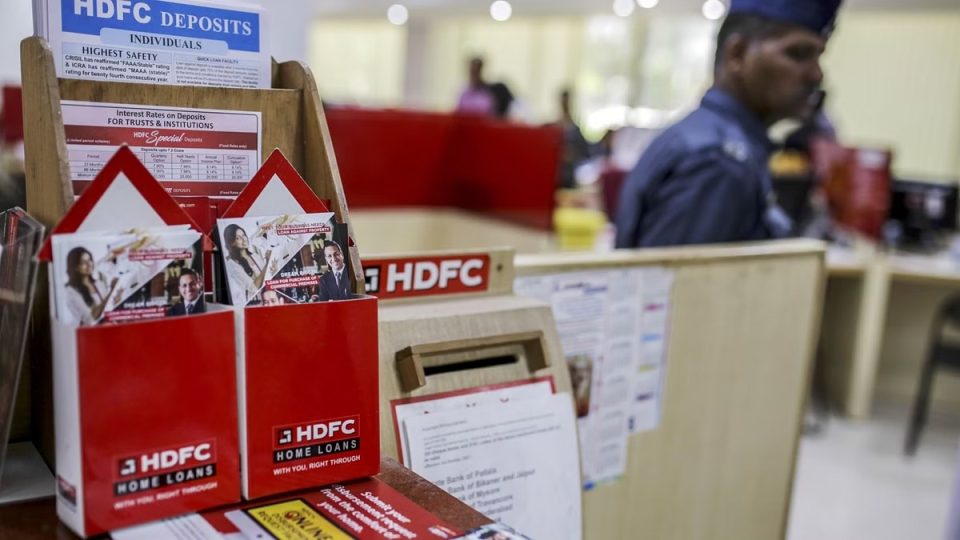India’s biggest merger could snatch one of its biggest issuers from the rupee bond market, and its absence could weigh on bond sales and bank arrangement fees.
The integration of Housing Development Finance Corp (HDFC) and subsidiary HDFC Bank Ltd would create a financial service giant worth more than $200 billion, with the parent able to use the bank’s deposits to grow rather than add to the debt. That’s not all bad for India’s bond world, as loopholes created by shadow lenders could allow new borrowers to sell notes, helping India deepen its debt market.
The shadow bank is India’s largest bond issuer in 2022, accounting for 7.7% of the country’s total issuance this year, up from an average of about 6% over the past decade, according to data compiled by Bloomberg. The combined entity will be a bank that may issue notes as needed to boost its capital buffer and fund infrastructure projects.
The merger is expected to be completed by the second quarter of 2023. It will provide HDFC with Rs 16.7 trillion ($202 billion) in funding, including low-cost checking and savings account deposits and bank term deposits. That will allow it to continue expanding its assets, which stood at Rs 6.9 trillion at the end of September.
The exit of a debt issuer of this size could hurt fee income for bankers who arrange HDFC’s various products. According to data compiled by Bloomberg, Axis Bank Ltd and ICICI Bank Ltd have overseen most of the sales over the past few years.
For HDFC’s rivals, though, the company’s exit could be positive in fundraising.
 Live
Live

